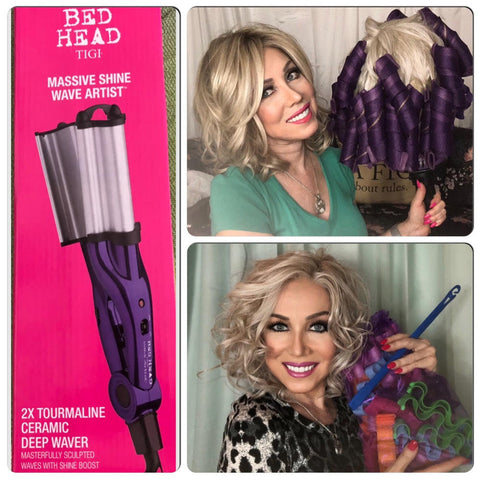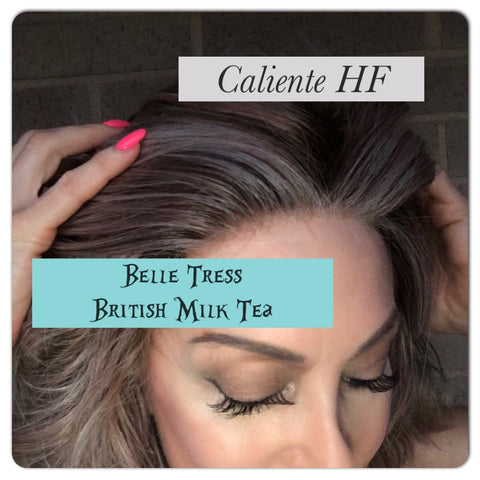Our Old Wigs – or what was I thinking and why do I still have them?
I went on a wig hunt this week—inside my own closet. I retrieved a dozen or so boxes of wigs from the area in my closet where I kept the “maybe someday” things. You know what I mean, like those jeans that used to fit, and I might get back into them “someday” maybe. In the case of wigs, these were from my earlier still learning days. And as tried them on one at a time, one thought kept going through my mind—what was I thinking? I must have thought they looked good at one time, but now, not so much. So, what happened?

Most of us are all pretty hard on ourselves, very critical of every perceived flaw, and I am no exception. But I think that when I first started out wearing wigs, I didn’t know what to expect, and what looked good (meaning believable). I think I was more concerned with that than comfort, finding the right color or style. I didn’t know how comfortable they were supposed to be, nor did I understand much about caps and how they were made or supposed to fit. I picked a few that looked good on the model, and well, lived with them. We all go through a rookie stage, and I think mine lasted through a half dozen wigs at least, maybe more. We live, we learn, we make corrections, and that includes buying wigs. So, maybe we should give ourselves a break about it, especially starting out.
Out of the dozen, I removed from my closet, only two were worth trying to salvage. I am going to see if I can bring them back to life this week. They are totally different in style and color so it will be interesting to wear them again if I do manage to rescue them. I have learned a lot about caps, fit, style, colors, and what works best for me now. So, when I shop for a wig now it is pretty easy for me to put my own filters on before I begin the shopping phase. I know what I want: mono top or mono part at the minimum, lace front, and heat-friendly fibers. I don’t have the patience for human hair care, and I don’t have the talent to style them as I would like, so synthetic works best for me. But I do like the look of human hair and I get that much easier in the heat-friendly fibers. Knowing that I am free to look at styles and color and that makes it easier to shop. Now that I don’t go to an office and see the same people every day, I am free to wear different wigs out and about. Before I didn’t discuss wigs with people I worked with but that locked me into wearing the same wigs all the time.
As I tried on my old wigs, I tried not to be so hard on myself about how they looked because after all, they had been boxed up for some time. Also, I have aged, I am paler now after the lockdown, and that is not a good look under the harsh bathroom lights. But I did have to keep wondering—what was I thinking when I bought them? I can’t answer that, but I also wondered why I kept them after looking at the condition some were in. Clearly, I liked them enough to wear them a lot! In the end, I decided it was the same as looking back at anything, your clothes from years ago, old picture of yourself in different hairstyles, shoes, whatever. Wigs are the same. We pick them for many reasons, and it seems right at the time.
If you have some old wigs put away that should be taken out and donated or revived or tossed – do it. They are serving no one in the closet. It is like the clothes rule, if you haven’t worn something in a year, get rid of it. You will feel better afterward, I promise.
What I need to buy now is not more wigs, but some good products that might help me revive two. I have put a link below to some of the products that I will be trying on my two rescued wigs I will post pictures of them in my next blog if I am successful. Wish me luck. One is a short one that I would love to wear this summer, so I have high hopes for that one. The other is a chin-length, straight bob-style in an unflattering color—which I wasn’t aware it would be at the time I ordered.
So, until then, see if any of these products might help you rescue a wig, or maybe make your current favorites last much longer. If we care for them, they will not be sent to the toss pile too soon. Oh, that conditioner and conditioning spray looks promising!
Vickie Lynn





























